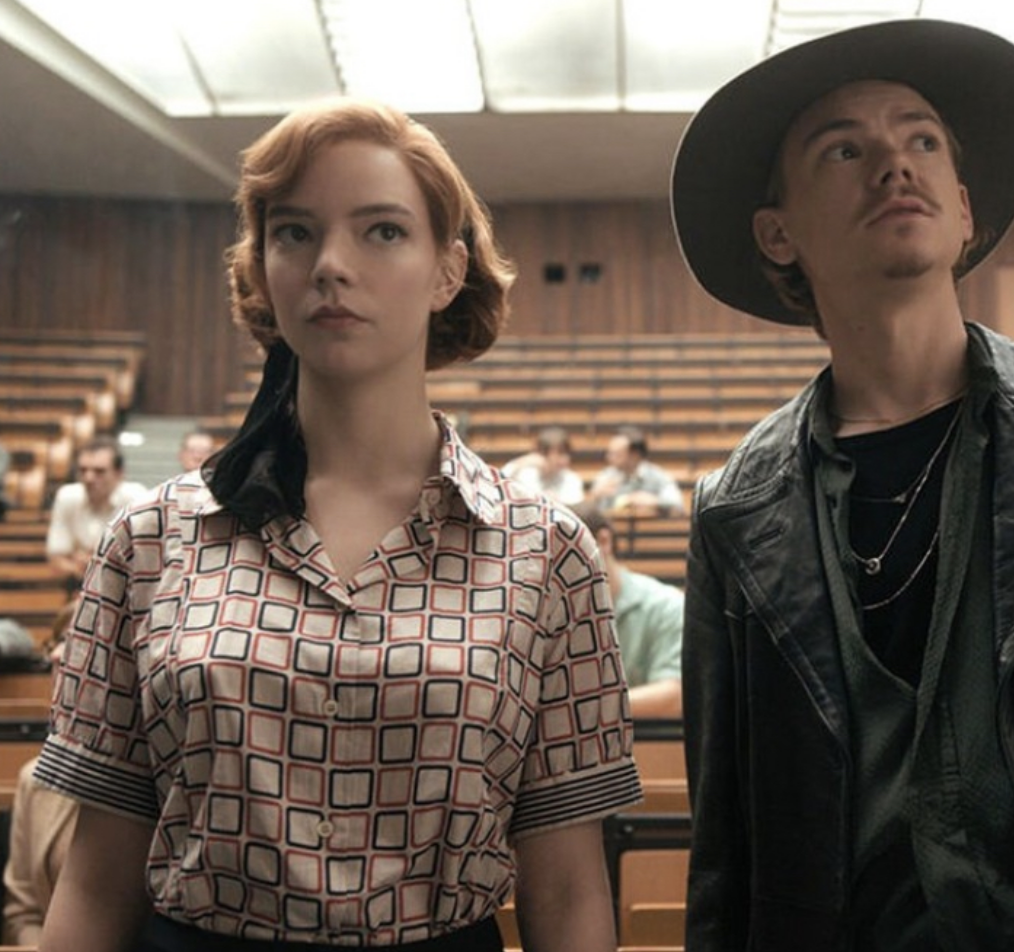Historically Accurate or Modernly Inadequate: How Important is Authentic Period Costume?
Period pieces are currently an extremely popular genre of film and TV. The term “period piece” does not just refer to historical documentaries or dramas- it includes any film or show that is not set during the time of its release, such as Stranger Things, Derry Girls, It, Little Women, or the recently released film My Policemen, starring Harry Styles. A common topic of debate when discussing these movies and shows is whether or not the costumes featured are historically accurate to the period they are trying to portray. But is historical accuracy always a necessity for period pieces?
Bridgerton, a Netflix series based on the book series by Julia Quinn, took the world by storm when it was first released in 2020 and again in 2022 with its second season. The story is set during the early 1800’s Regency period in London, and along with a gripping plot, the series boasts a lot of amazing costumes, including gowns, suits, and accessories. 7,500 garrets were created for just the first season, and all of them are extravagant, colorful and eye-catching. A lot of the gowns worn in Bridgerton feature a high, empire waistline, voluptuous feathers and puffed sleeves.
Despite the praise these costumes have received, they are far from historically accurate. While the empire waistline was popular in the 19th century, the colors and materials worn by many of the characters would not have been. In one scene, a girl faints in front of the Queen due to her corset being tied too tight. Corsets, also known as “stays,” were actually made to provide bust support, create a clean, crisp line on which the fabric would lay, and provide the desired silhouette through bone placements rather than to cinch women’s waists. The belief that corsets were made to reduce waist size and caused health issues for women of the time is a common assumption, yet it is not based on facts. Additionally, tight-lacing was not even included in corsets until ca. 1840-1850. The women of Bridgerton also wear very heavily boned corsets when in reality, more lightly boned stays were worn by most women in order to achieve the popular cone-shaped silhouette of the time, rather than hourglass.
For a show like Bridgerton, I don’t believe historical accuracy to be a necessity. The costumes capture the fun, playful ambience of the series and embraces the diversity featured in the show. Costume designer Ellen Mirojnick purposefully strayed from accuracy, creating garments that fit the personalities of the characters and gave life to the creative vision for the show, not to serve as a history lesson. The colors and patterns worn by the characters are meant to be symbolic of their social status. For example, the Bridgertons wear pastels to symbolize their stability and wisdom while the Featheringtons wear more obnoxious colors to show their desire to be noticed in society. These little details help to drive the story and make it interesting for audiences to consume. The creative liberties taken in the series are what make it so unique, and this individuality would be lost with more historically accurate costumes.
Nobody was expecting the cultural reset that followed after the release of Netflix’s limited series The Queen’s Gambit in 2020. Set primarily in 1960s America, the costumes are very accurate to the time period and location. They draw references to the 60s beatnik and mod styles, reminiscent of celebrities such as Audrey Hepburn and Jean Seberg. Beth Harmon, played by Anya Taylor-Joy, starts out as a child in an orphanage. As a young adult, out of the orphanage and able to dress herself, Beth Harmon becomes very stylish, wearing the popular styles of straight-cut coats, tea-length dresses and collared blouses.
Many of Beth’s costumes are symbolic to her narrative arc. As the series progresses, her style transitions from dresses and skirts to pants and trousers, showing the shift in ideals from women as housewives in the 50s to their entrance into the workplace in the late 60s. A lot of her clothes are symbolic of chess, featuring checkered patterns and the colors white and black. Her final costume, a white monochromatic look featuring a long coat and distinctively-shaped hat, is reminiscent of the queen chess piece, meant to represent Beth’s win over not just her chess opponents, but her addictions and self-doubts. Costume designer Gabrielle Binder does an amazing job making her costumes accurate while also making them symbolic and meaningful.
With the recent excess of period pieces making their way to the big screen and to streaming services, costumes and their accuracy are often a huge object of discussion amongst both fans and critics. The creative liberties taken by costume designers often strengthen the story and help audiences relate to the characters. While historically accurate costumes certainly have the power to enhance the plot, they are not necessary to making a modern, successful, and impactful period piece.
Strike Out,
Writer: Maya Kayyal
Editor: Madison Sloan
Saint Augustine




